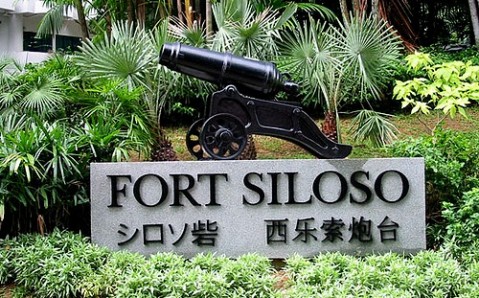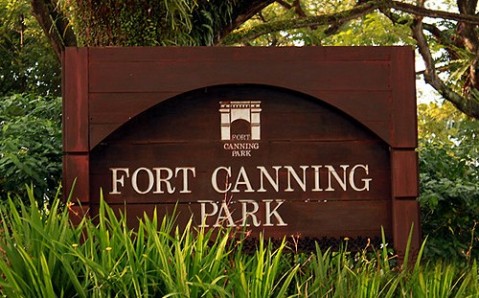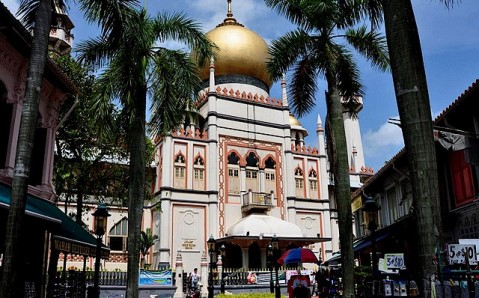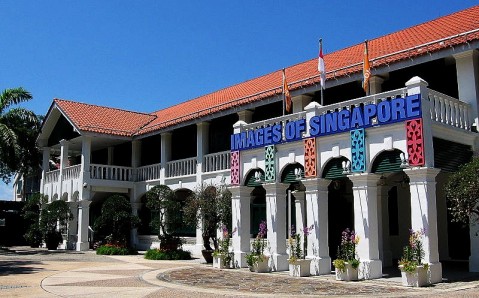Fort Siloso, situated in the western part of Sentosa Island, is the only coastal artillery battery in Singapore that has survived until now. It was built by Britons in the late 19th century. After the opening of the Suez Channel, in 1869, Singapore found itself in the center of the trade route between Europe and Asia, acquired strategic importance and needed protection. For this purpose, the open
Fort Canning Park, stretching around the namesake hill in Singapore’s very center, is one of the most interesting parks in the city. It attracts with the huge number of historical artifacts from different epochs, amazing landscapes, unusual museums an exhibition halls.
Once upon a time, the hill was ancient city’s center, in which Malay rulers’ palaces were situated. Even centuries later, the loca
Situated to the east of the colonial center Arabian Quarter is considered Singapore’s Muslim center. It was one of the first quarters that were formed and developed in the country. At first, the Kampong Glam was a small fishing settlement, after which, in fact, the future quarter was named: Kampung is Malay for settlement and gelam is the name of the tree growing here. Malayans produced curing oil
China Town is one of the Singapore’s brightest and most original districts. It appeared, the same as city’s other ethnic quarters, thanks to Stamford Raffles who considered it necessary to allocate separate area for settlement to each community of the multinational Singapore. In this way he solved two problems at once: threat of ethnic conflicts and immigrants’ adaptation in new country.
However,
The unusual interactive museum Images of Singapore is situated in the colonial building of the former hospital on the Sentosa Island and offers a captivating tour in the city-state’s past. Wax life-sized figures, special videos, broadcasted on huge screens, dramatic sound and luminous effects recreate the main landmarks and events in Singapore history.
The museum features multitude of expositions




